2025 is an interesting time for Kia and Hyundai. They've reached a tricky part of the road in their operations in Australia, with lots and lots of competition from Chinese cars.
I had a chat to Hyundai and Kia executives and will let you know what they think of the situation and their plans ahead. Kia and Hyundai are actually related companies - Hyundai owns a large chunk of Kia.
How will the two companies fare? Will they sell a lot of electric cars in this new future where the Labor Party won the national election and the New Vehicle Efficiency Standard is locked in for several more years?
Hyundai's Strategy
I spoke with Bill Thomas, General Manager Public Relations for Hyundai Motor Group Australia. We discussed NVES, the New Vehicle Efficiency Standard which is going to get tougher over several years and hopefully encourage more electric cars to be sold in Australia and fewer emitting cars that burn fossil fuels.
When asked about Hyundai's plan to meet NVES annual targets in Australia, Thomas explained: "The government obviously introduced the policy to change the market and to change buying behaviour and also to change the way that we bring products to market. So we're very advanced with that and we're very confident that we can hit these targets certainly up until around 2028-29, then it starts to get harder."
"That's the point of the policy - to push us to be better at giving a more clean and efficient model mix. So we're quietly confident we're leading this area for mass market brands and we don't expect to have too many issues at least up until 2029 when it starts to get quite challenging."
Regarding whether Hyundai Motor Group in Australia plans to buy any credits from other EV manufacturers like Tesla or Polestar that only make electric cars, or meet the targets for the first few years solely from the sales of cars like the Hyundai IONIQ 5 and the new Inster, Thomas said: "In theory we think we can get away without having to buy credits, but we don't think we'll be selling credits either."
"I think the plan is to meet the target and we're doing that in other markets as well. We'll do that in Europe, we'll do it in Australia. Again it's hard because we can't really talk about future products that far ahead. We don't want to give too much away to the opposition, but we can see technologies, we can see vehicles that will help us meet that target in all segments - not necessarily all EVs."
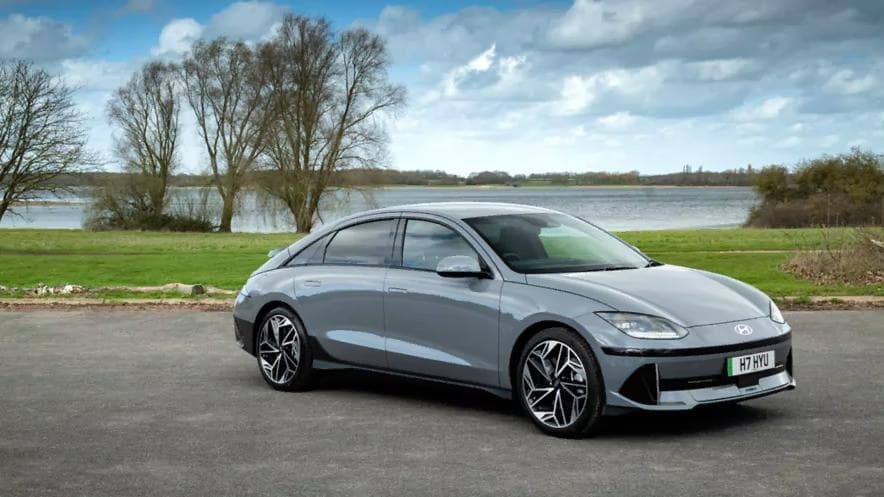
Technology Strategy
Thomas outlined Hyundai's technology approach: "We are studying extended range... I mean range extenders. EVs will obviously play a really important part. We expect EV sales to rise as the NVES policy comes into place."
"I kept saying extended range, I meant range extenders - so we're looking at that, they're really interesting. I mean you're looking at a significant range EV only and then that range extender technology gives you far better range and more efficiency."
"So that's, you know, along with plug-in hybrids and standard hybrids... I mean standard hybrids actually won't do us any good in a few years' time - they're just not efficient enough. We need to look at hybrids - your standard hybrid, you know like a Camry or Corolla from Toyota, that's not gonna do the job. You're gonna need to have something more efficient than that to offset your emitting cars."
Thomas added: "If we are more advanced and more ambitious with our zero and low emission vehicles, it allows us to sell ICE cars at a lower price so we have that entry point as well. I'm trying to make sure that mix works, but it's a very challenging policy."
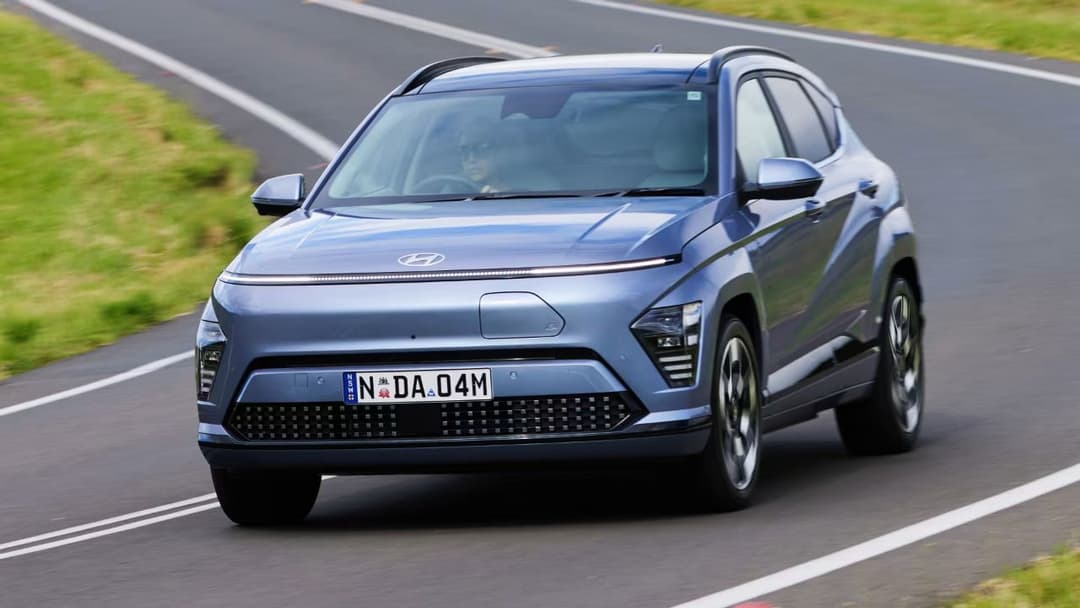
Current Market Performance
My personal view, looking at sales numbers in Australia for electric cars in 2024 and so far in 2025, is that Kia is doing a lot better at meeting NVES targets than Hyundai is, at least in terms of zero emissions electric car sales.
Last year in 2024, Kia had the EV6 in 10th place of overall sales in Australia and Hyundai had the IONIQ 5 in 20th place of overall sales for electric cars in Australia.
In 2025, the numbers are a lot better for Kia. The Kia EV5 is in third place in the top 20 EV models sales so far this year, the Kia EV3 is in 10th place, and Hyundai doesn't even have any cars in the top 20 EVs sold in Australia. So far the IONIQ 5 is in 21st place and the Kona EV is in 27th place. That's really not good enough - they need to pick up those numbers.
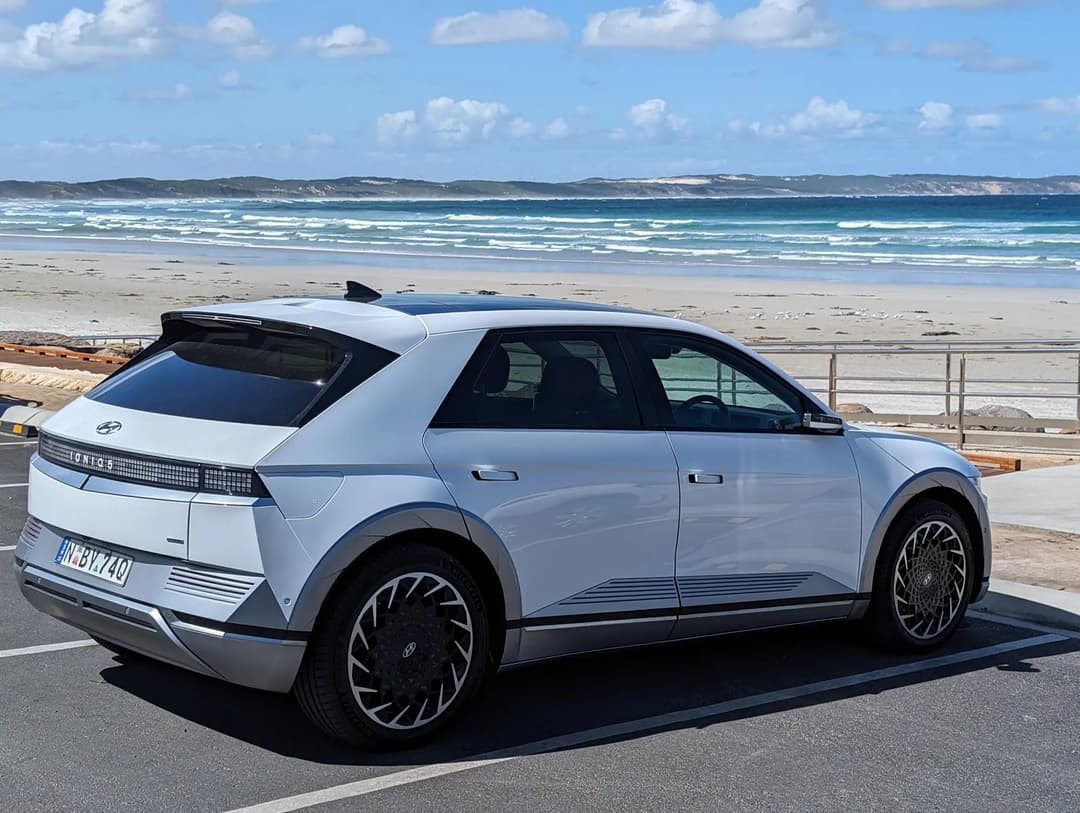
The problem is a lot of Hyundai electric cars are more expensive than their Chinese competitors. Kia has got the EV5 and the EV3 which are more competitively priced, which is why they're shifting a lot more of those vehicles.
If you're wondering what happened to Kia EV6 sales and why it isn't featuring in the top sales numbers for Australian electric cars this year, it's really simple. That car has just had a big facelift and upgrade to its specifications, so there's been very little stock available in 2025 so far. But I expect sales to pick up as soon as that becomes available from mid-year onwards.
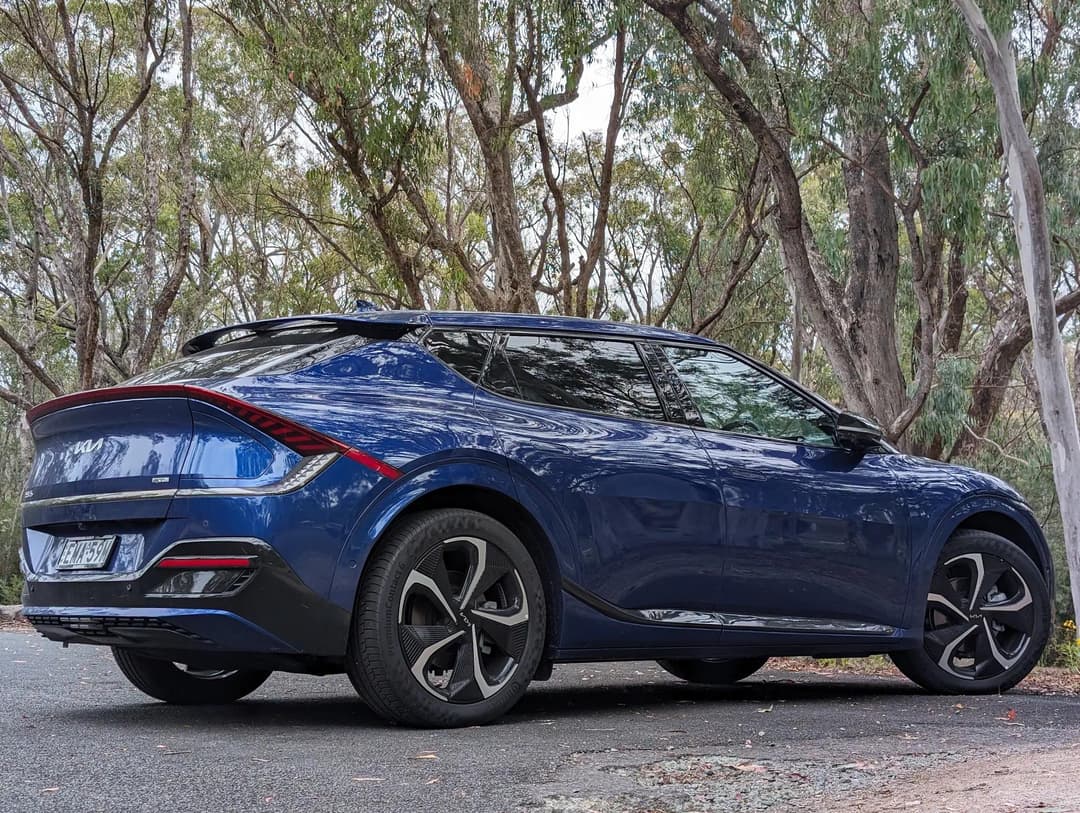
Future Prospects
Hyundai has to figure out a way to sell more electric cars, either with existing models. I don't think the Inster will sell thousands unless they cut the price a lot from mid to high 40s to mid to high 30s, hopefully.
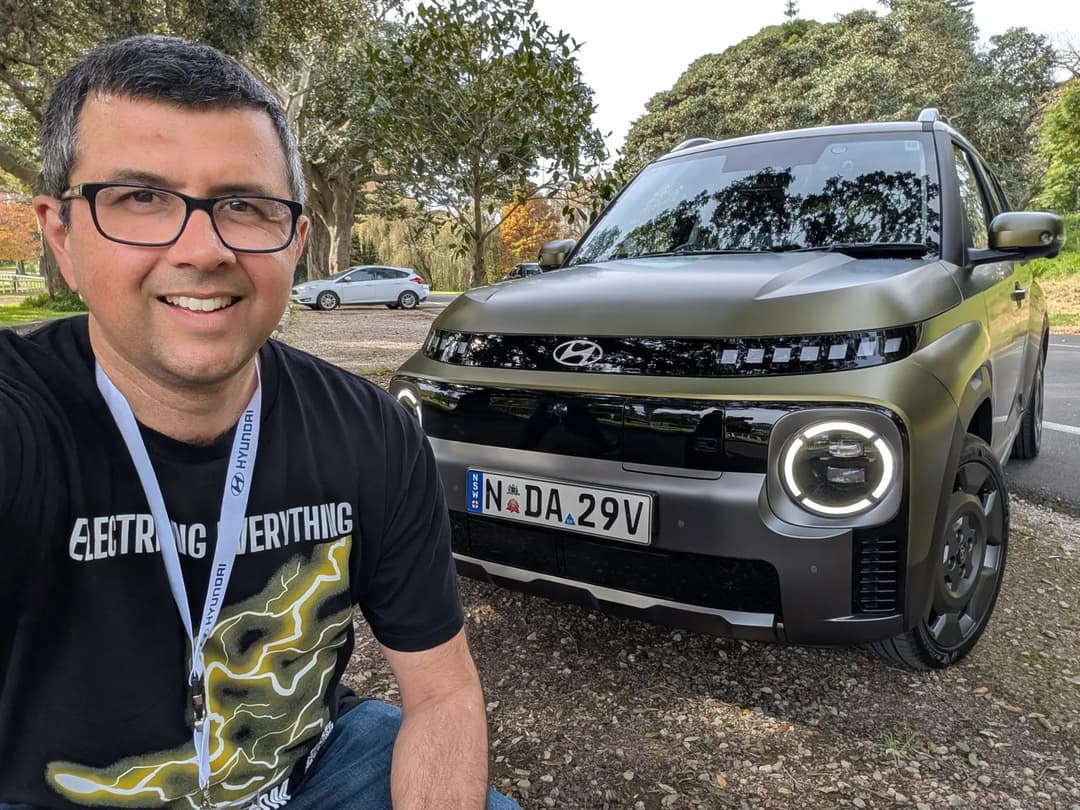
Potentially, as my friend saw in Penrith recently, the Hyundai Elexio EV, which is a Chinese-made joint venture car by Hyundai, could be a dark horse arriving in late 2025 which could help them increase their EV sales in Australia a lot.
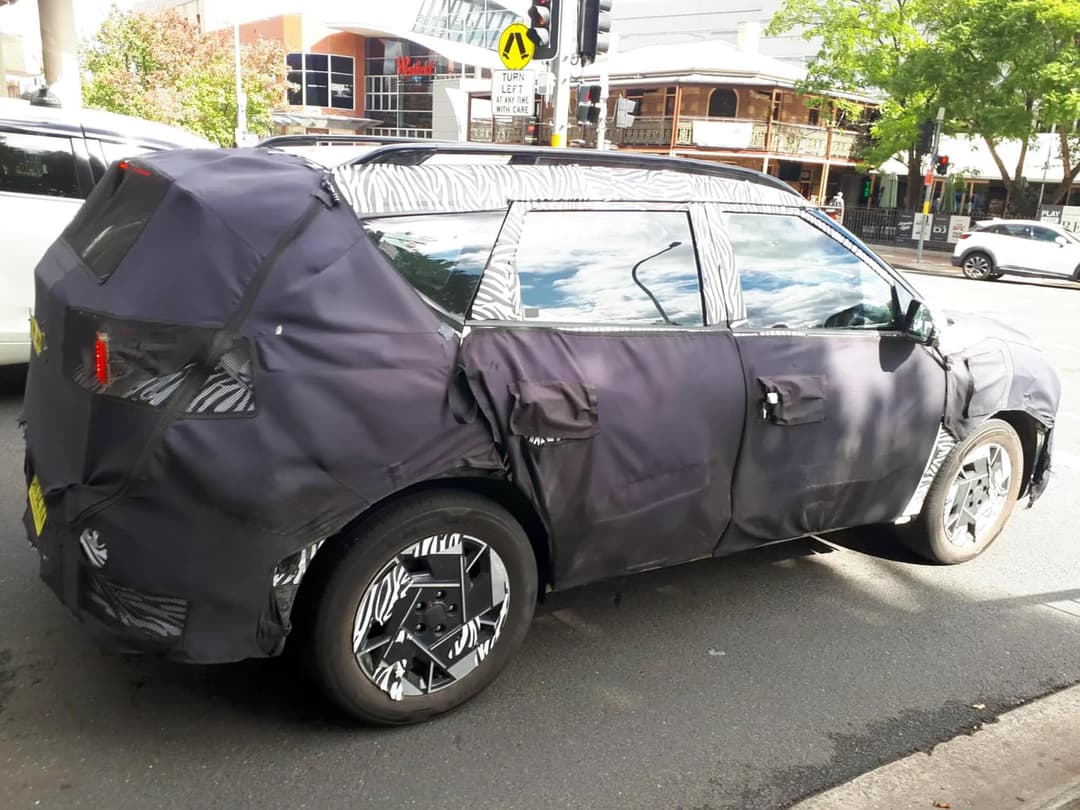
I spoke recently to a source close to Hyundai and they commented that as far as they know, Hyundai Australia is considering bringing the Hyundai Elexio into Australia. It's a Model Y-sized electric car and they think that it could go well for them if the price is competitive, because the Elexio EV is built in China so the price should be reasonably good compared to other Chinese electric cars.
As an example, I drove the Kia EV5 to the Queensland border and back from Sydney recently on a long-term media test, and honestly it felt no different to a Korean-built Kia. Build quality was pretty much the same. The difference is, compared to a Korean-built Kia, the EV5 is much, much cheaper. That's why they're selling so many of them in Australia.
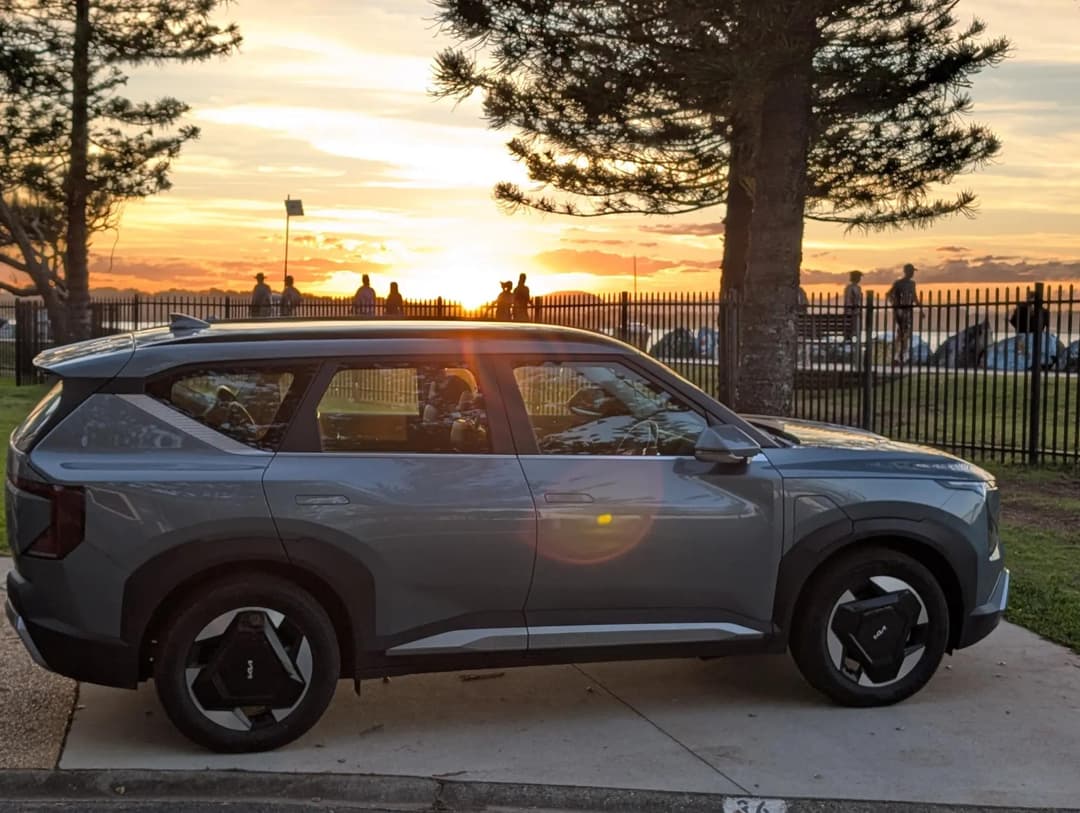
Kia's Position
A Kia Australia spokesperson told me: "With the NVES coming into place, Kia Australia is in good shape and will be in a position where we won't have to pay anything regarding the mix of sales. Our current range of EV models contributes a lot of credits, and our product range will collectively contribute to us meeting NVES targets."
"As a brand, we are fortunate that we have a wide range of powertrains, and we believe that we are well placed within the short to medium term. We're also in a favorable position as it expands, and we'll plan product accordingly to work with market conditions."

About the author

Neerav Bhatt has been a technology journalist and photographer for over 20 years appearing in online, print, radio and TV media. His current focus is on helping Australians switch to electric vehicles as well as making their home fully electric, sustainable and climate resilient. Youtube: www.youtube.com/@NeeravBhatt Web: neeravbhatt.com
Stay up to date with the latest EV news
- Get the latest news and update
- New EV model releases
- Get money savings-deal

Privacy policy